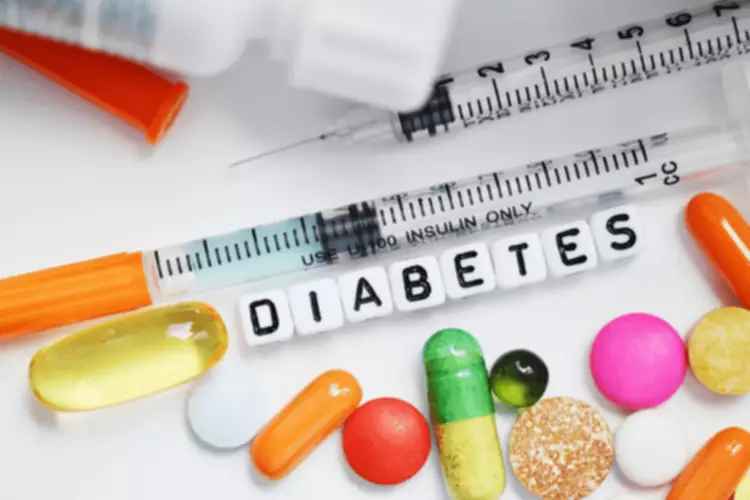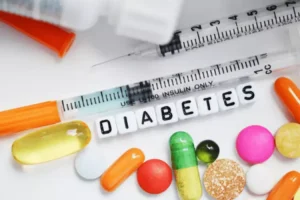
Eating a healthy diet, getting regular exercise, and avoiding liver-damaging foods such as fried foods, can also help the liver heal during treatment. In some cases, supplementation with vitamins may be recommended. Treatment also consists of evaluation for other risk factors that can damage the liver or put the liver at higher risk, such as infection with hepatitis C and metabolic syndrome.
Do You Bleed More When You Drink?
Someone with decompensated cirrhosis may develop ascites (or fluid in the abdomen), gastrointestinal bleeding, and hepatic encephalopathy, in which the brain is affected. In liver failure, the liver is severely damaged and can no longer function. Other organs, such as the kidneys, and body systems such as the respiratory system, may also begin to fail. Rarely, an increase in bleeding and bruising may be a sign of leukemia.
Addiction Therapist: What They Do & How to Find the Right One

In this case, you should go see your doctor to find out what’s going on. Your body uses vitamin K to help your blood form clots to stop bleeding. People with low levels of vitamin K may notice easy bruising.

Why Do I Bruise So Easily?
- Treatment focuses on minimizing additional liver damage while addressing any complications that arise.
- These medications should not be stopped without specialist advice and should not be discontinued for an aesthetic procedure.
- While not specifically approved for the treatment of alcoholic neuropathy, antidepressant medications are often prescribed to help control the pain.
- It’s not completely clear why some people are more prone to this complication than others.
- Alcoholic neuropathy signs and symptoms can progress gradually and are usually subtle at first.
- This most often manifests with weakness of the hands and feet.
- Bruises usually heal without treatment, but raising the bruised part and applying ice covered in a cloth may help reduce swelling.
Someone who lives with an alcohol use disorder may experience lasting brain changes that make it difficult to stop drinking. If you’re aware that drinking is causing health problems, such as liver issues and bruising from alcohol, but you’re unable to stop drinking on your own, it’s time to seek treatment. Continued liver damage due to alcohol consumption can lead to the formation of scar tissue, which begins to replace healthy liver tissue. When extensive fibrosis has occurred, alcoholic cirrhosis develops. If excessive alcohol consumption continues, inflammation levels can begin to increase in the liver. Although 90% of people who drink heavily develop fatty liver disease, only 20% to 40% will go on to develop alcoholic hepatitis.
Research suggests that up to 66% of people with AUD have some type of alcohol-related neuropathy. While the early stages may have no symptoms, later stages can cause symptoms such as fatigue, swelling in the hands and legs, jaundice, loss of appetite, and weakness. Many people with ALD are malnourished (lacking proper nutrition) due to a variety of factors, such as lack of eating, vomiting, and malabsorption (difficulty absorbing nutrients from food). In general, the more severe the ALD, the more malnourished someone becomes.

Liver cirrhosis is linked to bleeding complications and can even lead to the formation of a large type of bruise called a hematoma. Avoiding excessive amounts of alcohol is the primary way to prevent alcoholic neuropathy. If you notice you are developing signs of alcoholic neuropathy (such as numbness after drinking alcohol), in addition to seeing a physician, try to stay away from alcohol altogether. If you are having difficulty avoiding alcohol, there are resources that can help you quit. Although stopping drinking alcohol is the most effective treatment for alcoholic liver disease, it is not a complete cure.

Your legs and arms are the most common places to get bruises. You may get them if you had a fall, got hurt playing sports, or bumped into a piece of furniture. People over 65 years old and those assigned female at birth (AFAB) are more likely to get bruises than others because these groups generally have thinner skin and smaller blood vessels. It’s not likely, but it’s possible that your bruises are a sign of blood cancer, such as leukemia. If you also feel tired, achy, and weak all the time, or lose weight without trying to, give your doctor a call. People with hemophilia don’t make much of several blood clotting factors, such as factor VIII and factor IX.
- Excessive drinking may also lead to an alcoholic blackout, a condition reached when the blood alcohol concentration (BAC) is over 0.16%.
- When a person gets a bruise, some sort of injury crushes blood vessels, but the skin does not break and cause external bleeding.
- Cirrhosis is further categorized as compensated and decompensated.
- In mild alcoholic hepatitis, liver damage occurs slowly over the course of many years.
- People who drink beer and liquor may be more likely to experience liver disease when compared with those who consume other alcoholic beverages, such as wine.
Often, bruising after drinking is a result of falling or bumping into something. Coordination problems from alcohol consumption make injuries more likely, and since alcohol dilates can alcohol cause bruising the blood vessels, you’re more likely to bruise if you do fall or bump into something. If alcohol begins to interfere with daily functioning, but you have been unsuccessful with giving up drinking, seeking treatment can help you to stay committed to recovery.
Consult With Confidant’s Online Doctors For Alcohol Treatment
Brain changes from repeated alcohol misuse lead to compulsive drinking and make it difficult to stop without treatment. There are many other potential causes of bruising, including injury, certain medications, and underlying medical conditions. If you’re concerned about bruising, talk to your doctor about other possible causes.


















